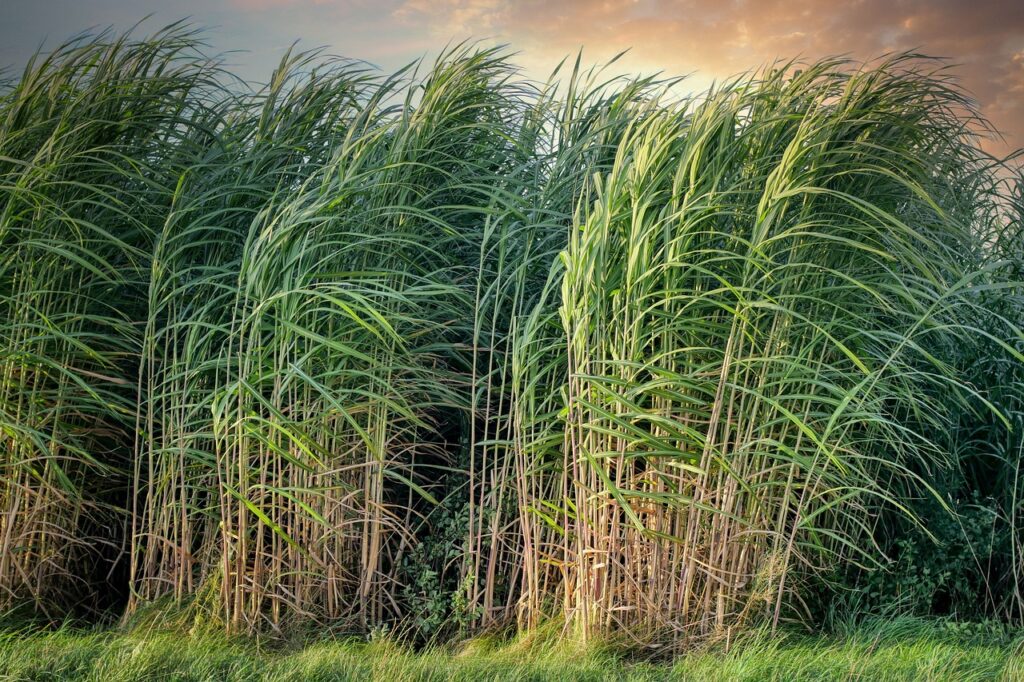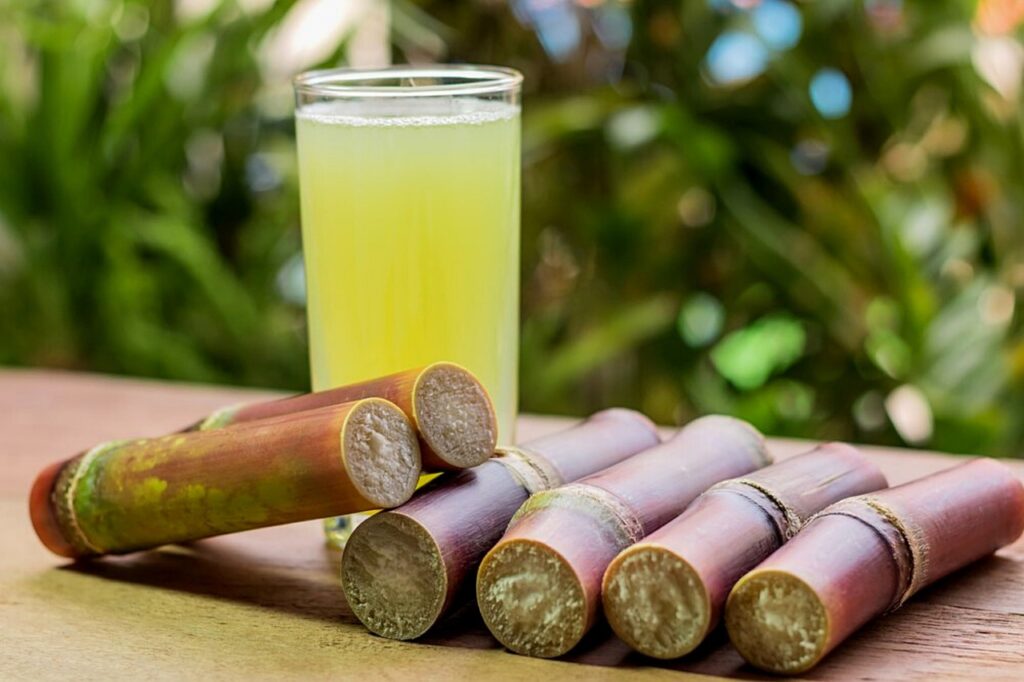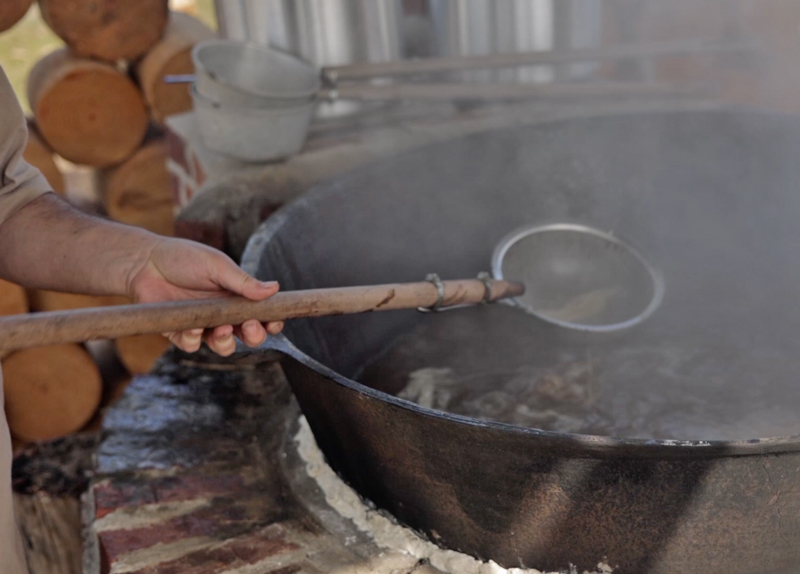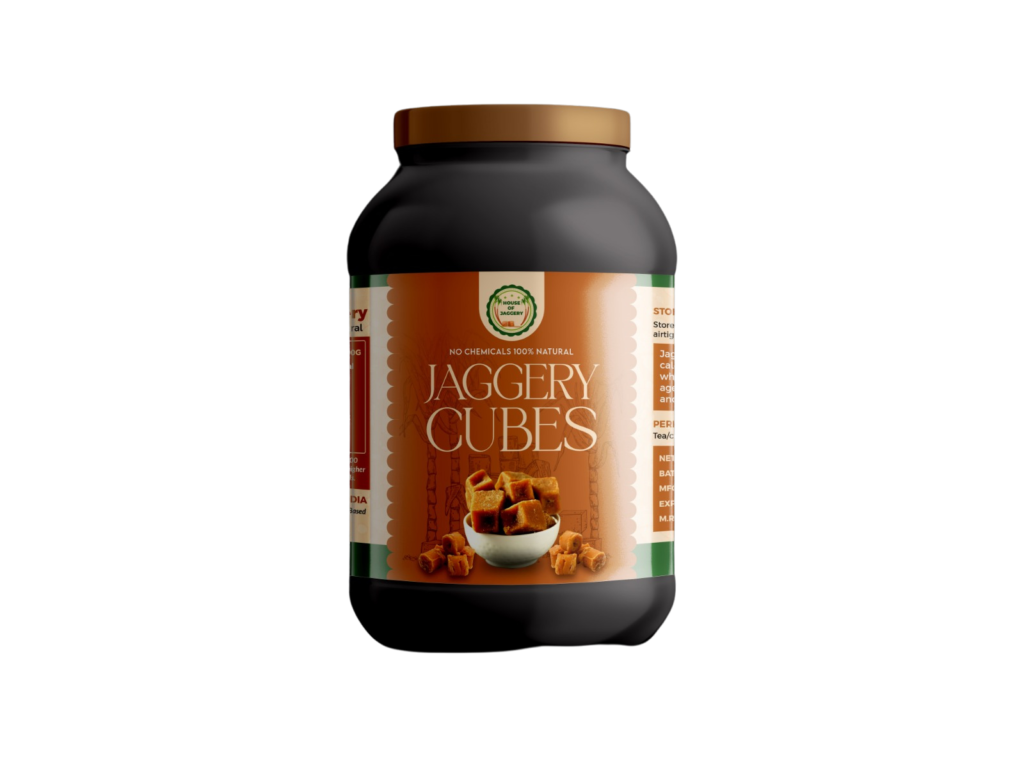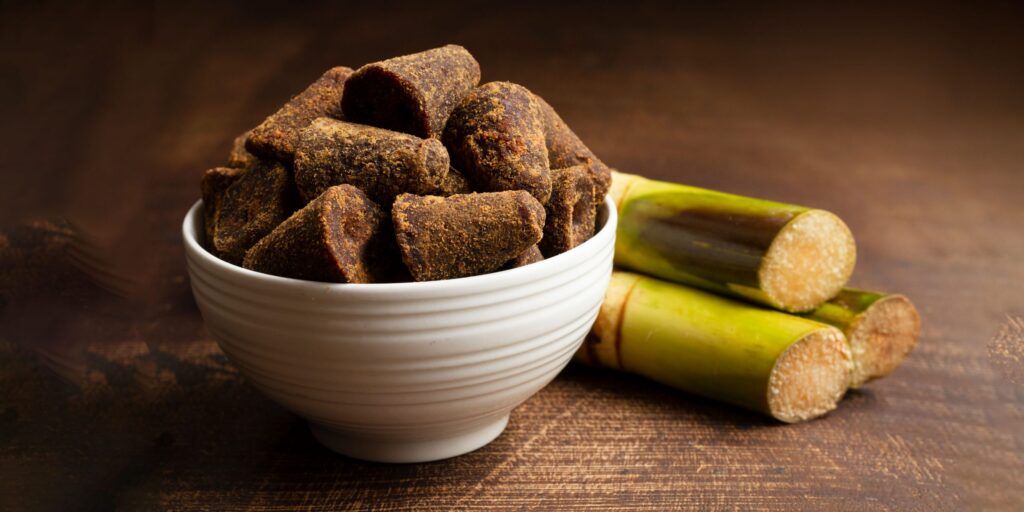
How Jaggery is Made: From Sugarcane to Your Table
Jaggery, often referred to as “gur” in India, is a natural, unrefined sweetener that has been cherished for centuries. Unlike refined sugar, jaggery retains the nutrients of the sugarcane or palm juice it’s made from, making it a healthier alternative for many. But how exactly is jaggery made? In this blog, we will explore how jaggery is made, taking you from sugarcane fields to your table, and understanding the traditional process behind this golden delight.
1. Harvesting Sugarcane: The Beginning of Jaggery Production
The journey of how jaggery is made begins with the harvesting of sugarcane, primarily grown in regions with warm climates like Uttar Pradesh, Maharashtra, and Karnataka in India. The sugarcane stalks, rich in sucrose, are harvested once they have matured. Farmers cut the sugarcane using machetes and gather the stalks in bundles. This step is crucial as the quality of sugarcane directly impacts the taste and quality of the jaggery produced.
2. Extracting Sugarcane Juice: Crushing and Filtering
After harvesting, the sugarcane stalks are transported to jaggery production sites, where they undergo the next step in understanding how jaggery is made. The stalks are fed into a crushing machine, which extracts the juice from the sugarcane. This freshly squeezed juice is the primary ingredient in jaggery production. The juice is then filtered to remove any impurities, such as bits of cane, dirt, or leaves. This filtration ensures that the juice is clean and ready for the next crucial step: boiling.
3. Boiling the Juice: Concentrating the Sweetness
Once filtered, the sugarcane juice is poured into large, open pans and heated over a wood-fired furnace. The boiling process is vital in the production of jaggery, as it helps concentrate the juice by evaporating the water content. During boiling, the juice is constantly stirred and skimmed to remove any foam or impurities that rise to the surface. This is an essential step in learning how jaggery is made, as it ensures the purity and quality of the jaggery.
To enhance the quality of the jaggery, traditional clarifying agents like lime, castor oil, or even natural herbs may be added. These agents help in further purifying the juice by coagulating the impurities, which are then skimmed off. The juice continues to boil until it thickens and turns into a deep golden-brown syrup. The consistency is carefully monitored to ensure it reaches the right stage for solidification.
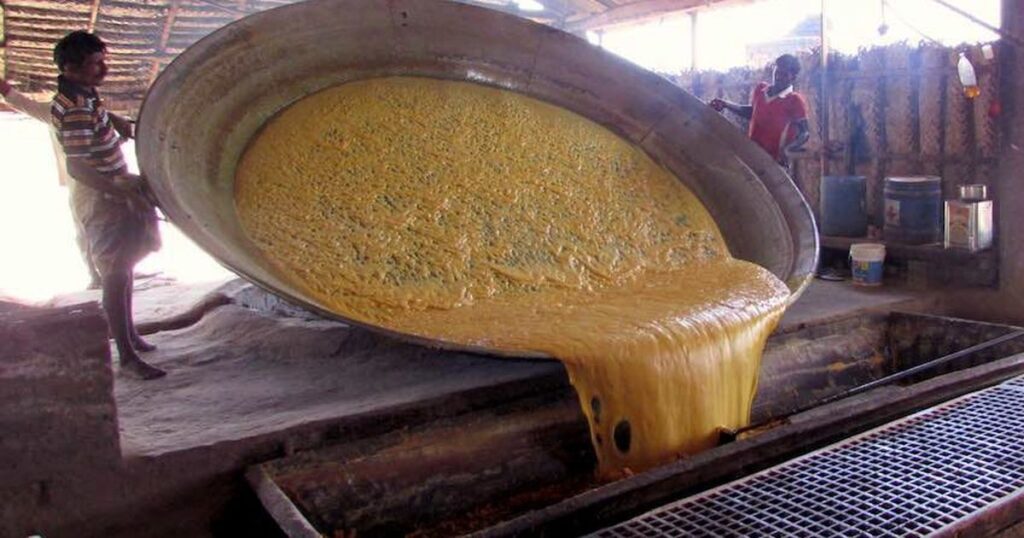
4. Solidifying the Syrup: The Art of Cooling
Once the sugarcane juice has been boiled to the desired consistency, the thickened syrup is carefully poured into molds or onto a flat, cool surface. Understanding how jaggery is made includes observing this cooling process, which transforms the thick syrup into solid blocks or cakes of jaggery. The shape and size of the jaggery can vary depending on the molds used or the method of cooling.
As the jaggery cools, it is often kneaded or stirred to ensure a uniform texture and to prevent the formation of crystals. This process, done by skilled workers, is crucial to achieving the soft, dense texture that high-quality jaggery is known for. Once cooled, the jaggery is cut or broken into smaller pieces, making it ready for packaging and consumption.
5. Packaging and Storing Jaggery: Ensuring Freshness
After the jaggery has solidified, it is packaged for distribution and sale. Proper packaging is essential to understanding how jaggery is made and kept fresh. It prevents the jaggery from absorbing moisture from the air, which can cause it to spoil. Traditionally, jaggery was wrapped in natural materials like leaves or cloth, but today, it is often packaged in airtight containers or vacuum-sealed bags to extend its shelf life.
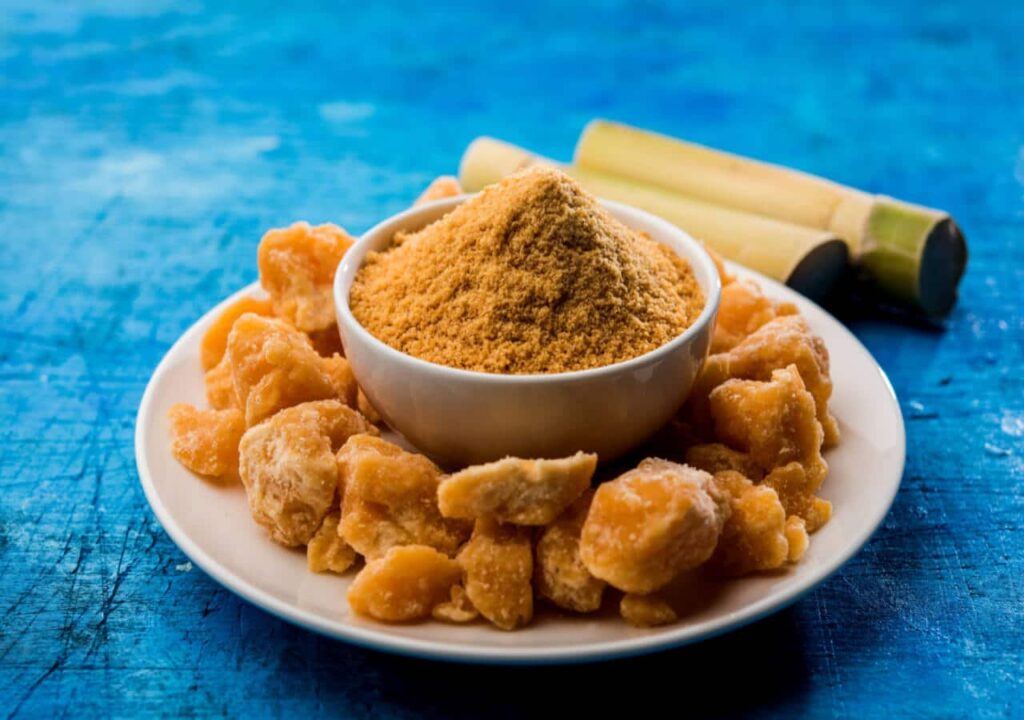
6. Health Benefits of Jaggery: A Nutrient-Rich Sweetener
Unlike refined sugar, jaggery is packed with essential nutrients like iron, magnesium, potassium, and calcium, which are retained during the production process. Understanding how jaggery is made helps appreciate its health benefits, including aiding digestion, boosting immunity, and providing a quick source of energy. Jaggery is also used in traditional medicine to relieve cold and cough symptoms and detoxify the liver.
7. Conclusion: A Sweet Journey from Fields to Your Table
The process of how jaggery is made is a time-honored tradition that involves a series of careful steps, from harvesting sugarcane to boiling, solidifying, and packaging the final product. Its natural sweetness and numerous health benefits make it a preferred choice for many looking to reduce their refined sugar intake. Next time you enjoy a piece of jaggery, you’ll appreciate the craftsmanship and care that goes into bringing this natural sweetener from the fields to your table.
By understanding how jaggery is made, you can better appreciate this ancient sweetener and its place in our diets. Whether you’re using it in cooking, baking, or simply enjoying it as a snack, jaggery offers a delicious and nutritious alternative to refined sugar.
